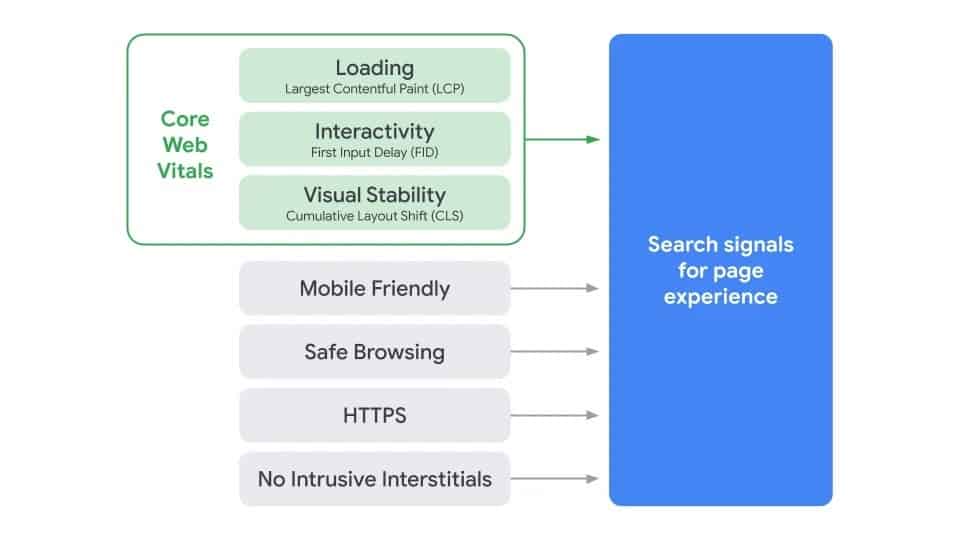You might feel confused or even worried if told you need to file an SR-22. Is it a special type of car insurance? Is it a penalty? And how does it affect your ability to drive legally? Let us clear the air: SR-22 insurance is not insurance at all. It is a document that shows the state you are meeting your legal obligation to carry the minimum required auto insurance. But not everyone needs one, and knowing when it is required can help you stay on the road legally and avoid further issues.
Table of Contents
SR-22: A Certificate, Not a Policy

Here is the first thing you need to understand: SR-22 is a certificate of financial responsibility, not an insurance policy itself. It is something your car insurance provider files with your state’s Department of Motor Vehicles (DMV) to prove that you have the necessary liability coverage in place.
The SR-22 form allows the government to monitor high-risk drivers and ensure they are financially responsible. Suppose your insurance policy lapses or gets canceled while you are required to have an SR-22 on file. In that case, your insurer will notify the state, which could result in another license suspension or penalties.
Who Needs an SR-22?
Not every driver will ever need to worry about an SR-22. It is usually required after a serious driving-related offense. Common situations where an SR-22 might be mandated include:
- Driving Under the Influence (DUI)
- Reckless driving convictions
- Driving without insurance
- Causing an accident while uninsured
- Accumulating too many traffic violations in a short period
- Driving with a suspended or revoked license
In many states, the court or the Department of Motor Vehicles will inform you if an SR-22 filing is required for your license reinstatement process.
How Long Do You Need to Maintain an SR-22?
The duration varies by state and the severity of the violation, but most drivers must keep an SR-22 on file for three years. During this time, it is crucial that you keep your insurance policy active and do not let it lapse. If your coverage ends for any reason, your insurance provider is legally required to inform the state, which could restart your probationary period or result in a license suspension.
What Kind of Coverage is Required?
Even if you need an SR-22, you only need to carry the minimum required auto insurance in your state, unless a court orders you to carry higher limits. In Georgia, for instance, drivers must carry:
- $25,000 in bodily injury liability per person
- $50,000 in bodily injury liability per accident
- $25,000 in property damage liability
These are the minimums to cover damages if you are at fault in an accident. The SR-22 simply verifies that this coverage is active and maintained.
Does an SR-22 Increase Your Insurance Rates?
Needing an SR-22 usually means you have been labeled a high-risk driver, and insurers often raise premiums accordingly. On top of your normal rates, you will likely pay a small SR-22 filing fee, usually around $25. However, the real cost is the jump in your monthly premium.
The good news? This is not forever. If you maintain a clean driving record and consistent coverage during the required period, you can return to standard rates once the SR-22 requirement is lifted.
Conclusion
In conclusion, an SR-22 might feel like a big deal, but it is manageable with the right guidance. It is not a punishment, but a way to regain your driving privileges after a mistake. If you are facing an SR-22 requirement, talk to your insurance provider about options and ensure you meet all legal obligations. And if you have been involved in an accident or cited for a serious traffic offense, consulting with a personal injury or traffic attorney can be a smart step toward protecting your rights and understanding your responsibilities.
























